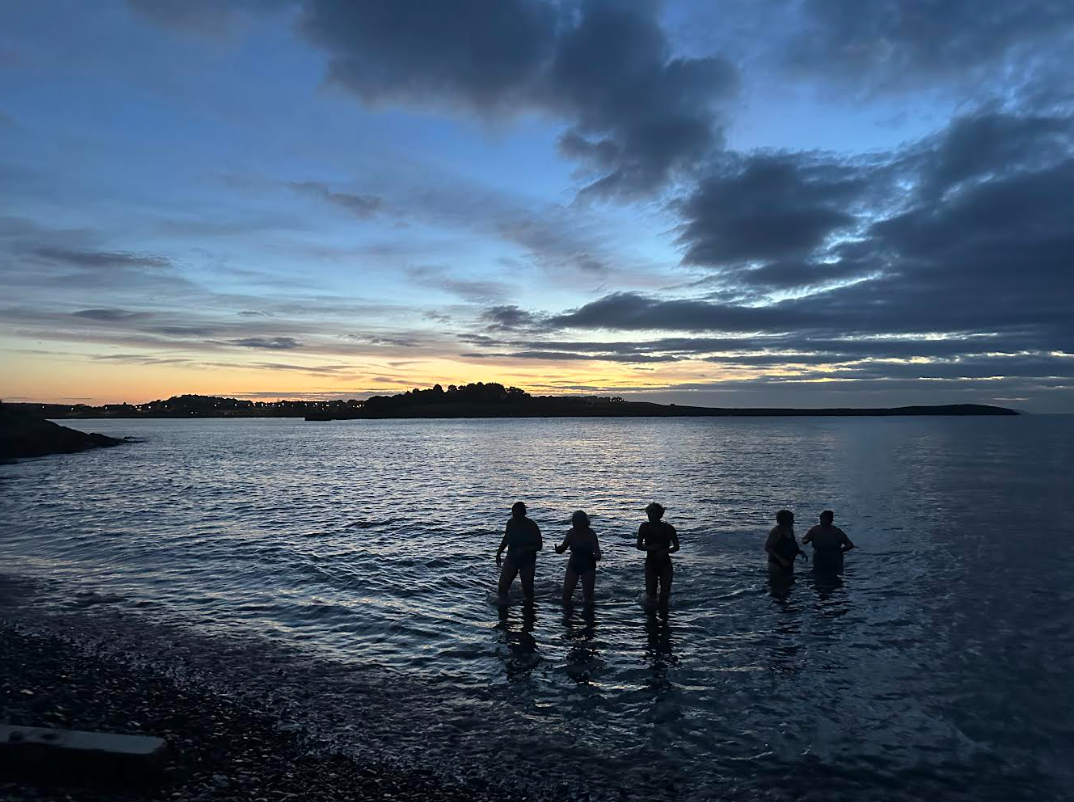By Haydee Martínez Zavala & Edith Rojo-Zazueta
In Mexico, there’s a saying that goes like this: “El muerto al pozo y el vivo al gozo”. The literal translation of this phrase would be: “The dead ones go to the pit and the living ones to the joy”. After celebrating the Day of the Dead this past 1st and 2nd of November (All Saint’s Day, and All Soul’s Day, respectively), one thing that we can reflect on is the following: What does this saying really mean, and from which cultural background does it come from? In this article, we will deconstruct the stereotypes of this holiday, and show how The Day of the Dead is more than just Catrina make-up, skeleton costumes, mariachi suits and big headband flowers.
The Day of the Dead comes from ancient traditions that were kept alive even after the Spaniards came to conquer Mexico. This festivity used to be celebrated on the 9th month of the Aztec calendar, and was celebrated for an entire month. For some indigenous groups thousands of years ago, mourning their dead was a respectful activity, as death was a natural phase in life’s continuity. Hence, they would build an altar or an ofrenda as a celebration of the dead ones coming back to Earth for one day. This holiday reinforced the idea that the members of the family or community, remained, as their memory and spirit still existed.

This tradition has prevailed and has been adapted to some religious practices, such as Catholicism, which is why now we have salt crosses, candles, and we pray in the cemetery next to our beloved ones’ graveyards. Yet, most of the general tradition has been kept as unique and significant as it has always been. Every year, Mexican people living overseas create their own ofrenda for their relatives, and they decorate their altar with the popular marigold flowers, colourful paper craft, sweet skulls, and food and drinks that the relatives used to like. Personal items are also included in the ofrenda, as they guide the dead to return for one night and join those living relatives that still remember them. Another typical custom is to have dinner with bread of the dead (sweet bread) and hot chocolate for pudding.
We can interpret the idiosyncrasy of the Mexican culture, and how this prevails over centuries as a significant definition of how Mexicans live. More than being represented by Catrinas, mariachis, tacos or tequila, Mexico should be known by this tradition and from where it comes from. Mexican people do not fear death, rather they acknowledge that being dead or alive is a dual interaction ÔÇô there cannot be life without death, and both coexist as one. This is one of the biggest contributions that ancient Mexican indigenous groups have given to the world. ┬áThe Day of the Dead is more than a day to wear a skeleton costume; this tradition ultimately shows a new way of embracing death as a joyful part of life’s continuity.

Here in Cardiff, the Latin American Society has decided to spread this tradition with the international students in Cardiff University, and build an altar to commemorate the Mexican student’s relatives who have passed away. This practice has two benefits, on the one hand, it helps Mexicans feel that they have a community they belong outside of their country, and it allows them to continue practising the traditions they used to do at their hometowns. On the other hand, it is a great opportunity for the rest of the student community to know the real meaning behind the Day of the Dead. Last 1st of November, we gathered at Ride My Bike Coffee Shop and we built an altar, had lots of hot chocolate and bread of the dead, and we delivered a presentation to explain the elements on the altar and the tradition behind it.
The Latin American Society welcomes everyone to our events and kindly invites you to join us. Our next event will be held on the 27th of November: “Latin America on Fire”, an event which will be about the current situation that several countries in Latin America are facing.
For more information and future events follow us on Facebook or Instagram, or join our community through the Student’s Union website.
¡Hasta luego!


